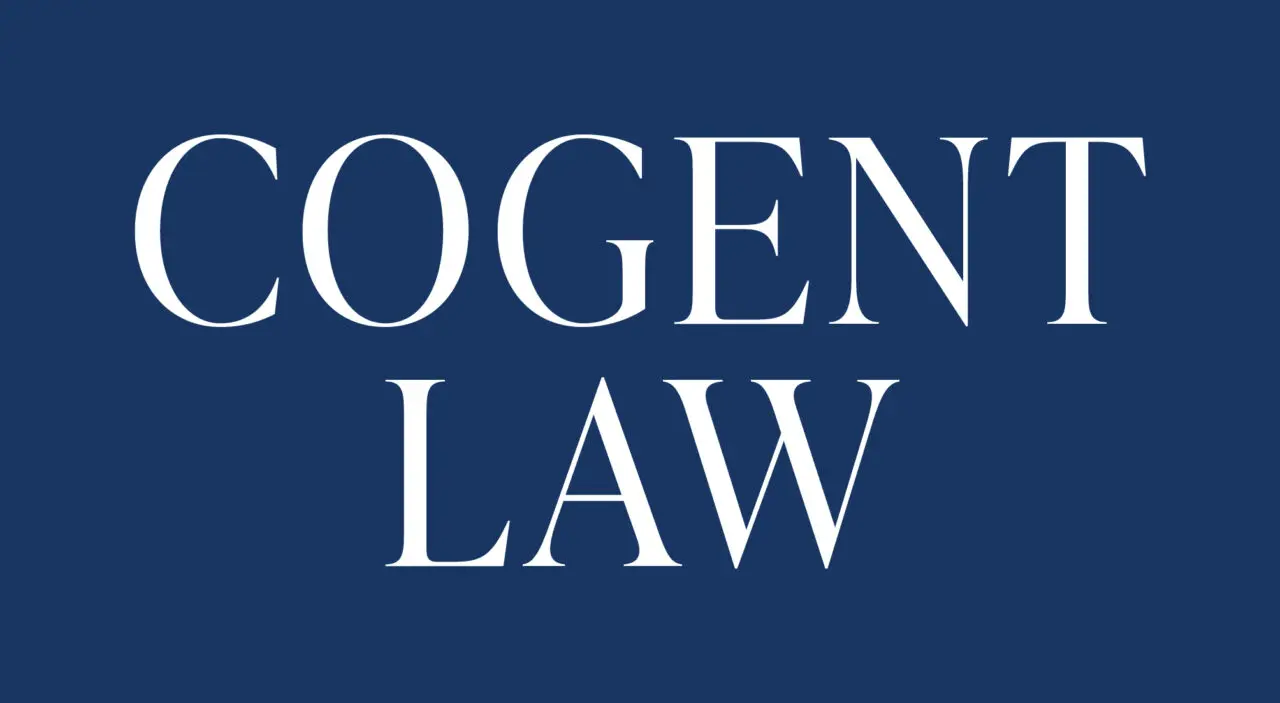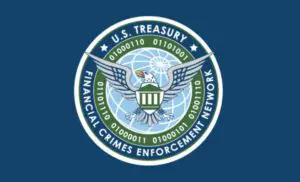The Supreme Court’s recent decision to overturn the Chevron deference doctrine has significant implications for financial service providers.
Henry Engler, of Thompson Reuters, examined the fallout. He reported reactions that included that of Prof. Richard Lazarus of Harvard Law School, who said, “The Court’s decision to overrule Chevron deference … was a convulsive shock to the legal system because so much of lawmaking over the past 40 years has been based on this framework.”
Chevron Deference Explained
Established in 1984, the Chevron deference allowed courts to defer to federal agencies’ interpretation of ambiguous laws.
The landmark ruling to roll it back, announced in late June through the Loper Bright Enterprises v. Raimondo case, has introduced a new wave of uncertainty for regulatory practices across various sectors. Among those is the heavily regulated financial industry.
Overturned Chevron Deference Impact on Key Financial Regulators
The removal of the Chevron deference will most significantly affect:
With the Chevron precedent gone, regulatory agencies will have to exercise greater caution when drafting rules. PricewaterhouseCoopers noted, “Agencies will likely need to be more careful in drafting rules to, where possible, tie their expectations to specific statutory language.” This caution will extend to emerging areas such as climate change, digital assets, and artificial intelligence, where statutory guidance is less clear.
Despite the profound impact of the ruling, major regulatory agencies have been reticent in their responses. When contacted, the Fed, OCC, SEC, CFPB, and CFTC all declined to comment. However, the CFPB provided a hint of its future approach by asserting its authority in a July 2 letter to the U.S. Court of Appeals for the Seventh Circuit, emphasizing that its actions against discriminatory credit practices were valid, independent of Chevron deference.
Chevron Deference Uncertainty Among Banking Industry
The reaction from major U.S. banks has been similarly muted. Historically critical of extensive federal regulation—particularly post-2008 financial crisis rules like the Dodd-Frank Act (a massive piece of financial reform legislated to protect consumers)—the largest banks might view the Supreme Court’s decision as an opportunity to reduce regulatory burdens.
Nonetheless, institutions like JPMorgan, Bank of America, and Morgan Stanley either declined to comment or did not respond to requests for comments on the ruling.
Among industry groups, the response has been cautious. The Financial Services Forum and the Bank Policy Institute (BPI), both representing major banking interests, did not comment on the decision.
The American Bankers Association (ABA), however, did issue a statement. Rob Nichols, ABA president, remarked, “While we are still reviewing the full implications of [the] Supreme Court decision, the ruling sends a crystal-clear message to federal agencies that their powers are not unlimited.” Nichols continued, “This is an important win for accountability and predictability at a time when agencies are unleashing a tsunami of regulation—in many cases clearly exceeding their statutory authority while making it harder for banks to serve their customers.”
Long-Term Impact of Overturning Chevron Deference on Financial Regulation
The long-term effects of the Supreme Court’s decision to overturn Chevron deference are yet to be fully realized. The financial industry, among other sectors, will need to navigate this new regulatory landscape carefully. Agencies will have to draft clearer, more specific rules, while banks and industry groups may push for a more predictable regulatory environment. As Prof. Lazarus pointed out, “Going forward, it’s going to be no-holds-barred because no one really understands how the courts will rule on the validity of federal regulations in the absence of the Chevron precedent.”
Read Engler’s complete impact of overturning Chevron deference analysis at Thompson Reuters.




















